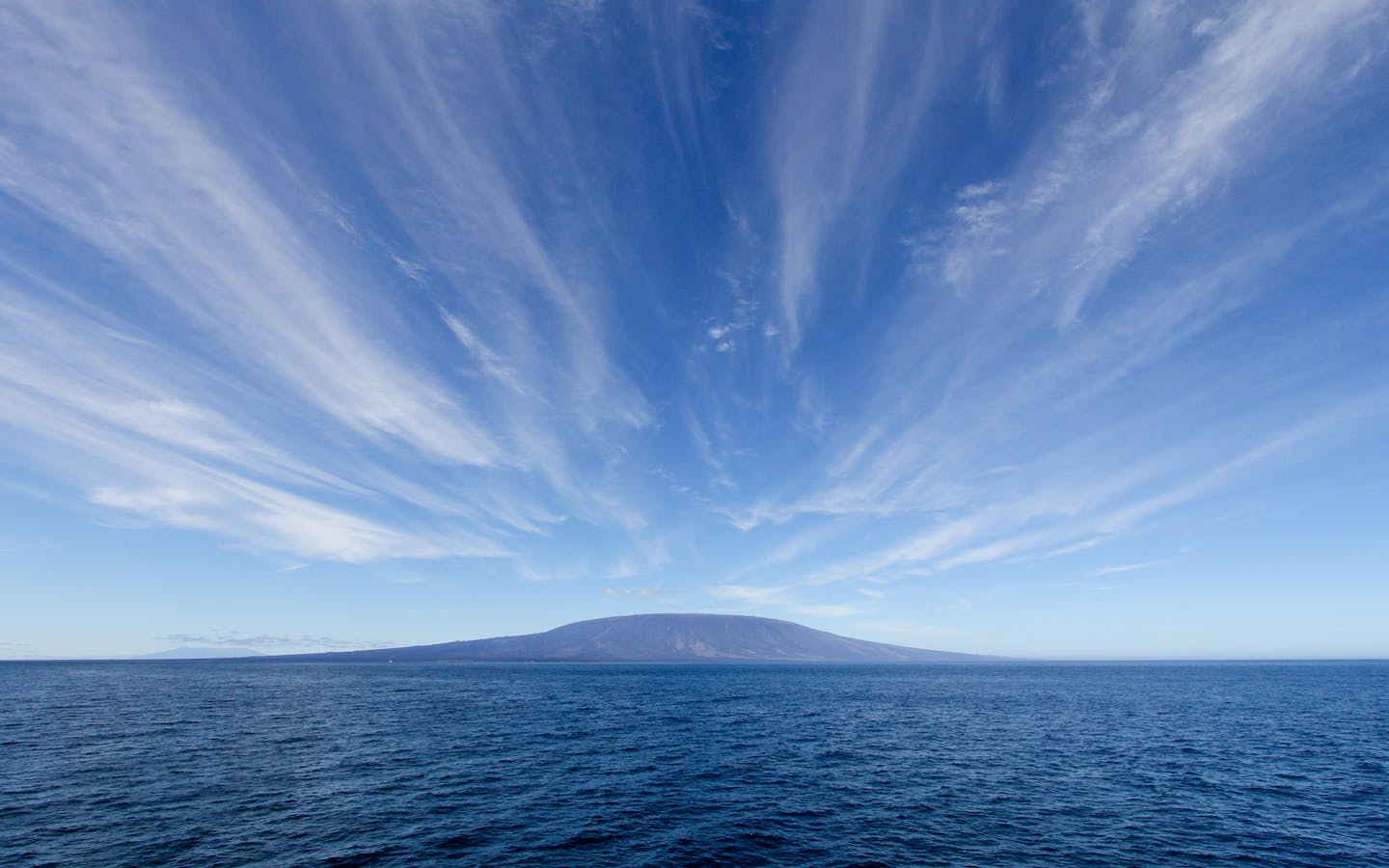The ocean — and the species within it — do not adhere to geographic boundaries. Conservation International’s “seascapes” approach offers a way for governments, communities, civil society and the private sector to work together to protect and sustainably manage large oceans and coastal areas across boundaries.
Since 2004, this approach has been applied in five locations, covering more than 100 marine protected areas and protecting a staggering amount of the world's marine biodiversity: Despite covering just 1.2 percent of the global ocean, these five seascapes are home to 93 percent of the world’s hard coral species, 63 percent of reef fishes, 51 percent of cetaceans, 37 percent of sharks, and all turtle species.
Conservation International’s seascapes approach builds local partnerships and implements interconnected programs that protect, manage, restore and sustain biodiversity across places that are important to nature and people.
We explore "seascapes,” an approach to ocean conservation, which helps countries balance protection and production for the marine ecosystems they depend on. LEARN MORE: https://www.conservation.org/blog/what-on-earth-is-a-seascape
Our role
Conservation International is working to build coalitions among governments, communities and the private sector to improve ocean management at scale. The seascape approach is under continual development, drawing on the collective practical experience and expertise of the many people and groups that have been a part of the program’s development since 2004. Working with local partners in eight countries, we have been instrumental in improving management in five seascapes:
- Abrolhos Seascape in Brazil
- Bird’s Head Seascape in Indonesia
- Eastern Tropical Pacific Seascape in Costa Rica, Panama, Colombia and Ecuador
- Sulu-Sulawesi Seascape in the Philippines, Malaysia and Indonesia
- Lau Seascape in Fiji
The seascapes model aims to tangibly improve ecological and socioeconomic outcomes. This requires a flexible approach to implement long-term commitments and support conservation led by local communities. Working with coalitions of partners enables more resources to be mobilized, creates teams with complementary strengths and fortifies these institutions.
Our vision
Building on our impacts and partnerships, Conservation International aims to scale its seascapes program to revitalize marine life in new regions with exceptional biodiversity. This includes deepening our work in our five priority seascapes — as well as expanding seascape approaches in new critical regions to ensure the long-term resilience of communities and marine biodiversity.
Conservation International's seascapes program includes four pillars of conservation planning and implementation:
Essential elements of a functional seascape
Why is it important?
Management at scale
Marine ecosystems and the species that flourish within them have fluid boundaries, and management of such areas is not easy. Seascapes are areas large enough to encompass work at multiple levels of governance, but not too large to manage effectively. Conservation International effectively merges community-based conservation with end goals known as “The 9 Essential Elements of a Functional Seascape.” A clearly defined approach with social support increases the likelihood of conservation success.
Ecosystem-based management
Coastal communities rely upon marine resources for their livelihoods. Recognizing the strong interdependence of ecological, social, economic and institutional perspectives, Conservation International and partners incorporate sustainable practices — both traditional and modern — into the design of integrated solutions to ecological issues. Maintaining or improving the health of coasts allows governments, communities and local organizations to think holistically about a sustainable development path, instead of reacting to immediate problems regardless of longer-term impacts.
Cultivating a sense of shared commitment
Bridging the knowledge gap between science and policy fosters collaboration. Conservation International works with local champions and government officials to build communication platforms that allow an exchange of information, helping communities, institutions and governments to work together and value their marine resources.
By the numbers
Working with 280 partners, we have helped protect 800,000 square kilometers of sea across more than 200 marine protected areas, and strengthened the management of 5.3 million square kilometers of surrounding ocean area.
Our seascapes project sites
Bird’s Head Seascape
Conservation International works with local communities, local partners and government in West Papua, Indonesia, the world’s epicenter for marine biodiversity.
Eastern Tropical Pacific Seascape
Conservation International and local partners have contributed to the creation or expansion of both fully protected national parks and marine reserves, and multiple use marine management areas within the coastal Pacific waters of Costa Rica, Panama, Colombia and Ecuador.
Abrolhos Seascape
The Abrolhos Seascape, located off the central coast of Brazil, boasts the highest marine biodiversity in the Southern Atlantic. Through engagements with the local fishing communities, Conservation International works with local partners and the government of Brazil to protect critical areas of biodiversity and promote small-scale sustainable fisheries.
Sulu-Sulawesi Seascape
The Sulu-Sulawesi Seascape is home to diverse ecosystems, including coral reefs, seagrass meadows and mangrove forests. New species are still regularly discovered, and reef fish and sharks, sea turtles and manta rays are among the charismatic animals that bring joy and inspiration to coastal communities and tourists alike.
Lau Seascape
Indigenous Lauan leaders drive the vision for this seascape, which represents the convergence of community-based management and large-scale ocean conservation.









